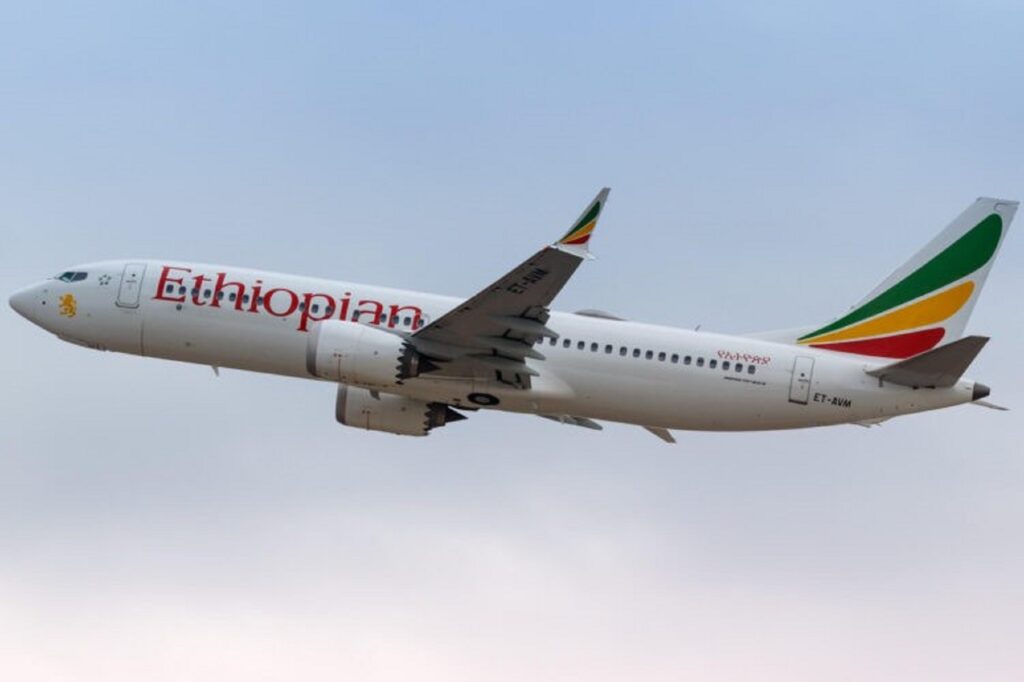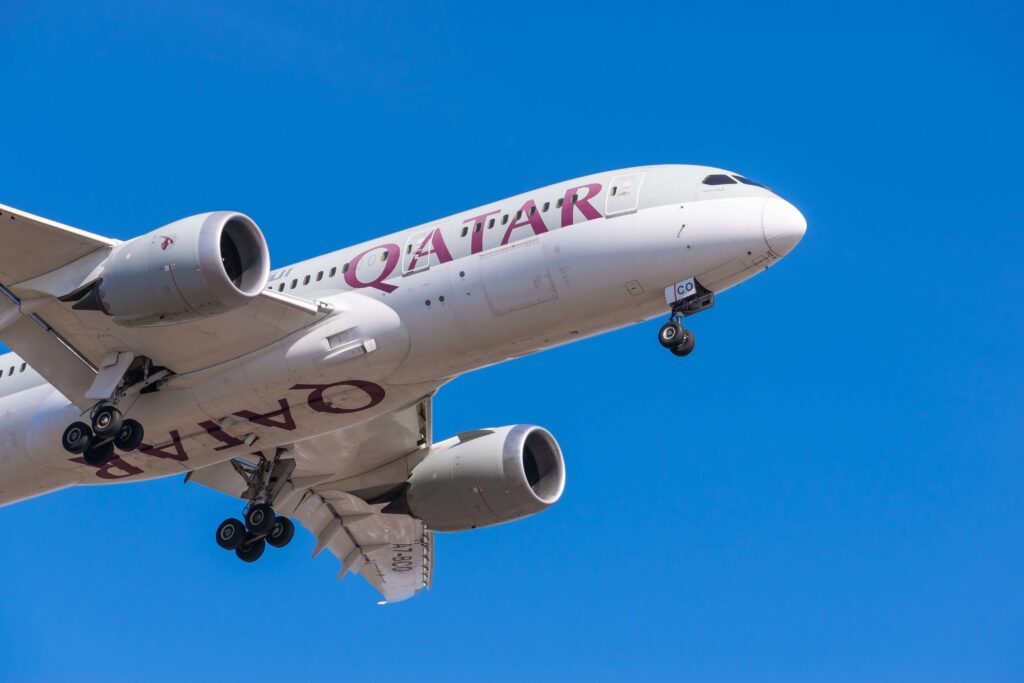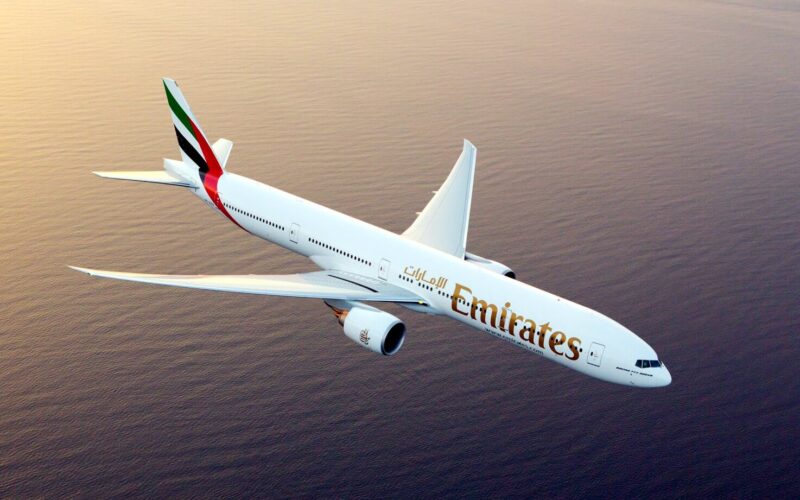Emirates has played down a recent incident where one of its aircraft allegedly came close to a mid-air collision with another plane operated by Ethiopian Airlines. The incident occurred on March 24, 2024, over Somaliland, East Africa.
According to a report issued by the Somaliland Civil Aviation and Airports Authority (SCAAA), an Emirates Boeing 777 and an Ethiopian Airlines Boeing 737 MAX 8 narrowly avoided a mid-air collision while flying over its territory on the date in question. More concerning still, is that the incident is the second of this nature within a month over the same airspace, raising concerns over the risks of flying in the area and the competency of the country’s air traffic control service.
According to data obtained from Flightradar24, the Emirates 777 was en route from Nairobi Jomo Kenyatta International Airport (NBO) to Dubai International Airport (DXB) operating as flight EK722. The flight was one of two flights that are operated by Emirates daily between the two cities. On March 24, 2024, flight EK722 took off from Nairobi at 19:54 UTC and safely touched down in Dubai at 00:29 UTC.
The other aircraft involved was an Ethiopian Airlines Boeing 737 MAX 8 en route from Addis Ababa Bole International Airport (ADD) to Bengaluru Kempegowda International Airport (BLR) in India. Flight ET690 departed Addis Ababa at 20:36 UTC and landed without further incident in Bengalaru at 01:55 UTC.

The incident occurred as both flights were in the cruise at 37,000ft over Somaliland. According to the report, the two aircraft “narrowly avoided a collision” around 21:43 UTC as their flight paths converged on a single waypoint. Allegedly, the flights had received contradictory instructions from air traffic controllers in Mogadishu, Somalia’s capital, according to the SCAAA.
Upon notification of the converging flight paths, the crew of the Ethiopian Airlines plane initiated an immediate climb to 39,000ft to ensure safe separation was maintained and to avoid a possible collision.
Despite the severity of the SCAAA report, Emirates has since taken to social media to refute any suggestion that the two aircraft almost collided.
“Emirates can affirm that there was no occurrence of an aircraft proximity incident compromising safety over the airspace and during the specified date and time. All Emirates aircraft are capable of maintaining safe separation and distance during operations,” the airline commented in a statement.
Presumably, with both aircraft involved being relatively modern and with both likely to have functioning traffic collision and reporting systems (TCAS) active, the crews of both planes were already aware of each other and had already identified a possible confliction issue, hence the Ethiopian crew taking avoidance action.
A second occurrence
However, whether it was the air traffic controllers, the crews, or TCAS that can take the credit on this occasion, it is likely to heighten the awareness of aircrews flying in the region with this being the second such incident in recent weeks.

The earlier incident (in February 2024) involved a Qatar Airways 787 and an Ethiopian Airlines A350 both flying about 180 nautical miles northeast of Hargeisa, the capital of Somaliland. The Qatar Dreamliner was cruising at 38,000 ft and in contact with Mogadishu ATC. The Ethiopian A350 was at 39,000 ft in contact with Hargeisa controllers.
Having been instructed to climb to 40,000 ft, and while ascending through 38,500 ft, the crew of the Qatar Airways plane aircraft received a TCAS resolution advisory to descend immediately. The crew descended their aircraft to 38,000 ft and a possible collision was averted.

